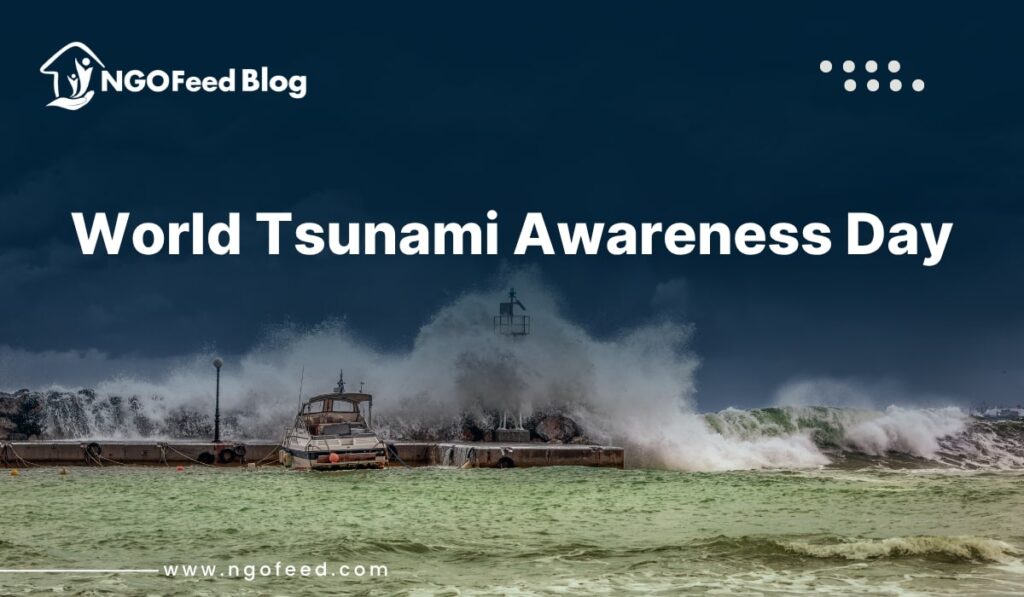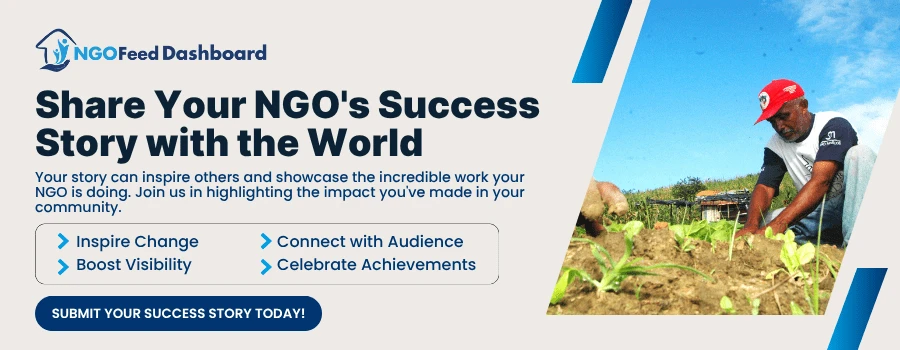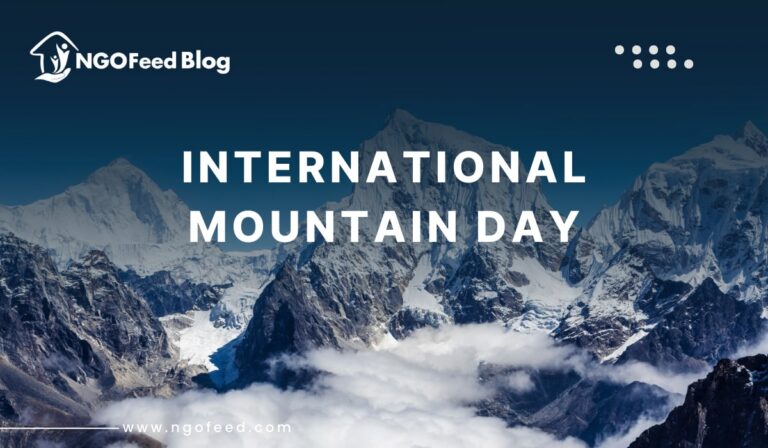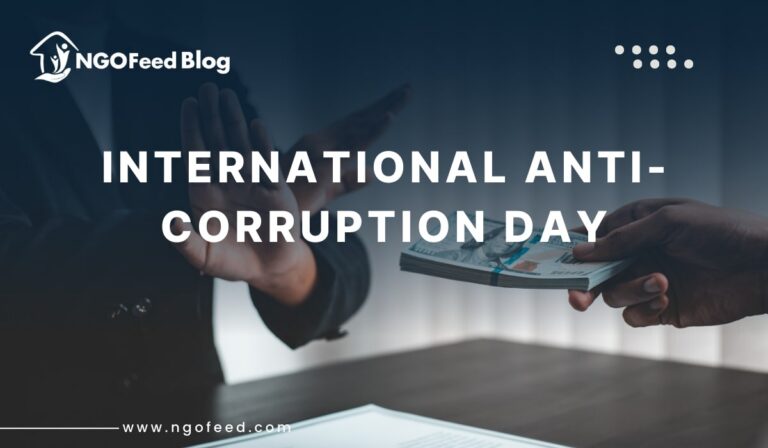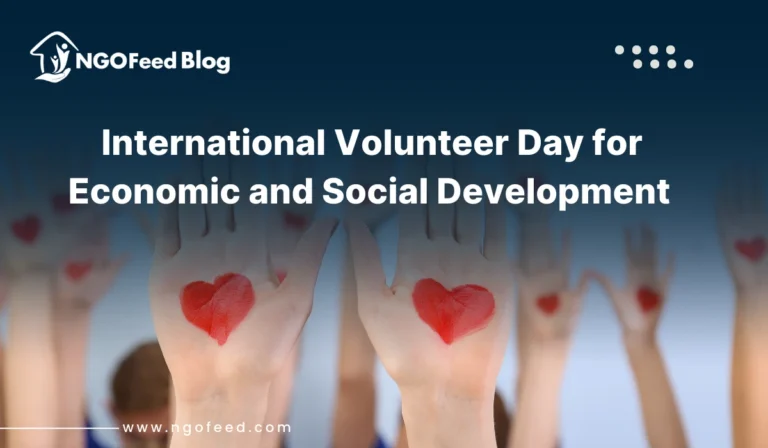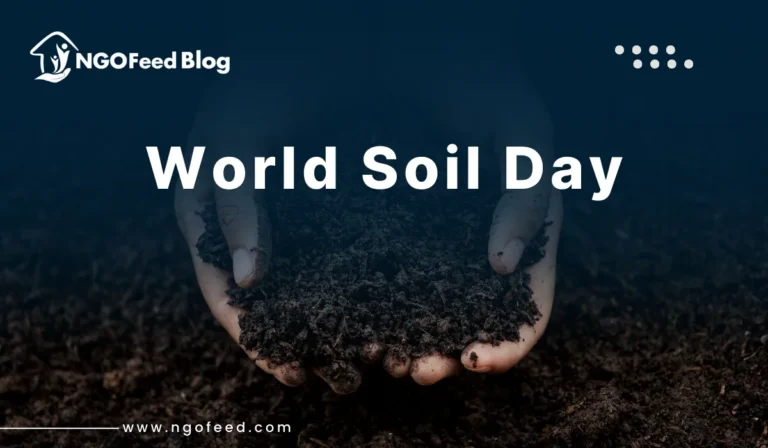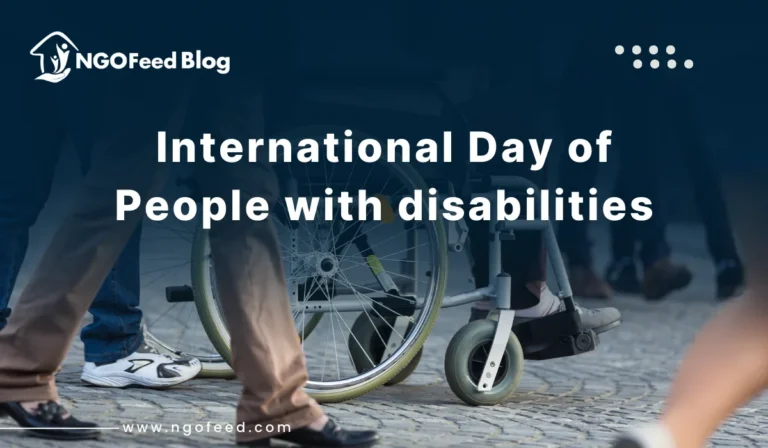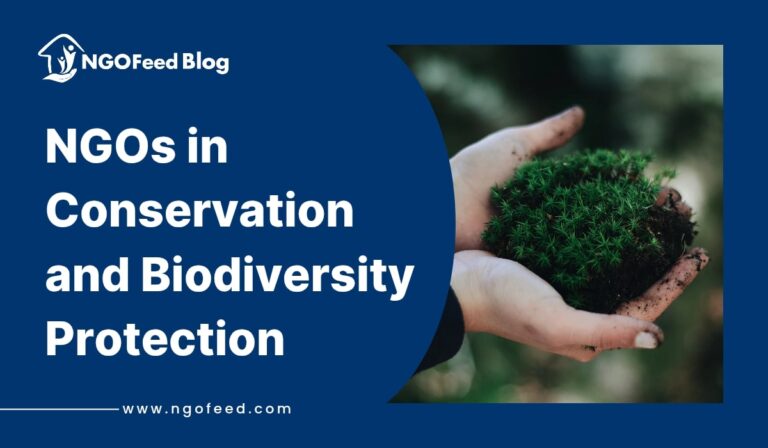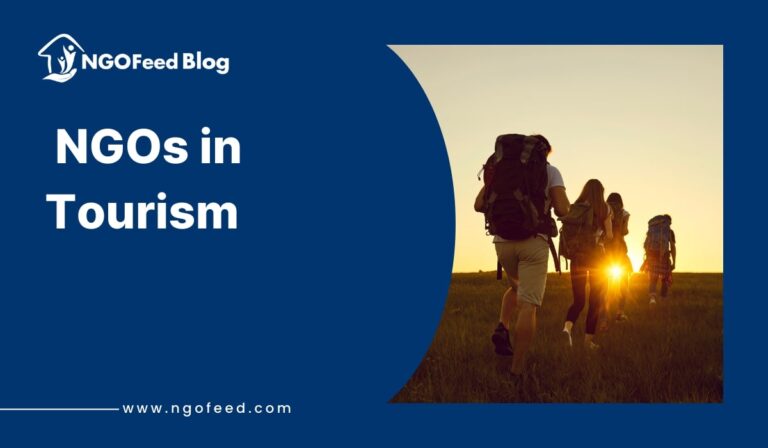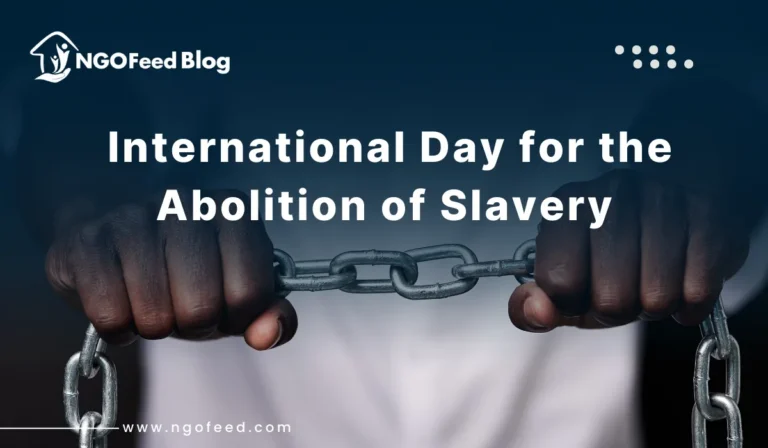“Protect nature today or face its fury tomorrow.” This powerful reminder highlights that human actions such as deforestation, pollution and coastal destruction disturb the balance of nature and disasters like tsunamis are a wake-up call for collective responsibility. Every year on November 5, the world celebrates World Tsunami Awareness Day to raise awareness of one of nature’s most destructive events- Tsunami. World Tsunami Awareness Day is about better understanding tsunami risks and early warning systems and about being better prepared for tsunamis.
On December 22, 2015, the United Nations General Assembly established World Tsunami Awareness Day to remind the world that action can save lives.
Table of Contents
What Is a Tsunami?
A tsunami is a series of large ocean waves that is primarily generated by underwater earthquakes, volcanic eruptions or landslides which displace large bodies of water. Tsunami waves can travel across entire ocean basins at speeds of 800 km/h or more and upon reaching shallow waters near a coast, the height and energy of the tsunami can grow significantly greater.
Unlike the waves found in the ocean or beach, we see a tsunami arrive as surging walls of water that can result in the complete destruction of an entire coastline in just minutes taking with it, infrastructure, property and lives.
Cause of Tsunamis
Tsunamis originate from sudden disturbances under or near the ocean surface. The key causes include:
- Underwater Earthquakes: Most tsunamis are triggered by tectonic activity that displaces the ocean floor.
- Volcanic Eruptions: Explosive or submarine volcanic eruptions can push water columns upward, creating giant waves.
- Landslides: Coastal or underwater landslides caused by earthquakes or erosion can generate localized tsunamis.
- Glacial Calving: The sudden collapse of icebergs or glaciers into the sea can also displace large volumes of water.
History: Recalling the 2004 Indian Ocean Tsunami
The 2004 Indian Ocean Tsunami stands as one of the deadliest natural disasters in human history. Originating from a 9.1-magnitude earthquake off the coast of Sumatra, Indonesia, it claimed over 220,000 lives across 14 countries, including India, Sri Lanka, and Thailand.
Entire coastal communities were wiped out. Infrastructure, homes, schools, and livelihoods were destroyed. However, the tragedy also led to global cooperation, with more than 600 organizations, including NGOs in India, the UN and local governments, collaborating for rescue, relief, and reconstruction efforts.
It was this catastrophe that inspired the United Nations to establish World Tsunami Awareness Day, emphasizing “early warning and early action.”
Theme of World Tsunami Awareness Day 2025
The theme for World Tsunami Awareness Day 2025 is:
“Invest in Early Warning Systems — Act Now, Save Tomorrow.”
This year’s theme underscores the urgency of improving real-time monitoring, community preparedness and early response systems. It calls for governments, NGOs, and communities to invest in technology-driven warning networks to prevent large-scale loss of life and property.
Why Do We Need World Tsunami Awareness Day?
World Tsunami Awareness Day plays a vital role in promoting global disaster resilience. Here’s why it matters:
- Education and Preparedness: The day educates coastal populations on tsunami signs, evacuation plans and emergency measures, helping them respond quickly during crises.
- Honoring the Victims: It serves as a day of remembrance for those who lost their lives to past tsunamis and encourages global solidarity for survivors and vulnerable communities.
- Promoting Global Cooperation: Tsunamis transcend borders, making international collaboration crucial for developing early warning systems and sharing technology.
- Strengthening Climate and Disaster Policies: The event aligns with the UN’s Sustainable Development Goals (SDGs) and the Sendai Framework for Disaster Risk Reduction, urging countries to strengthen coastal protection and climate adaptation strategies.
- Advocating Environmental Protection: Healthy ecosystems like mangroves, coral reefs and coastal forests act as natural barriers against tsunamis. Protecting these ecosystems is key to reducing disaster impacts.
How to Celebrate World Tsunami Awareness Day
World Tsunami Awareness Day is not just about remembering, it’s about acting. Here’s how individuals, schools and organizations can take part:
- Educational Workshops and Seminars: NGOs and schools can host awareness sessions, disaster-preparedness talks and interactive workshops to spread knowledge about tsunami safety.
- Drills and Evacuation Exercises: Communities in coastal areas can conduct mock drills and emergency simulations to ensure everyone knows what to do when warnings are issued.
- Community Campaigns: NGOs and local authorities can organize social media campaigns, distribute educational material and host public rallies to increase awareness.
- School and Youth Activities: Students can participate in poster-making, essay writing and quiz competitions themed around tsunami preparedness and environmental conservation.
- Conferences and Global Dialogues: Experts and policymakers can hold discussions on early warning technologies, data sharing and community resilience strategies.
- Memorial Events: Commemorative ceremonies can honor the victims of past tsunamis and express solidarity with those still recovering from such disasters.
- Digital Awareness Drives: Online platforms like NGOFeed, social media pages and educational blogs can amplify awareness through posts, infographics and survivor stories.
Role of NGOs and Challenges
NGOs play an essential role in tsunami preparedness and disaster recovery:
- Education & Awareness: Conducting coastal safety workshops and training volunteers.
- Emergency Relief: Providing food, shelter and medical care after disasters.
- Rehabilitation: Supporting rebuilding of homes, schools and livelihoods.
- Policy Advocacy: Collaborating with governments for better disaster management frameworks.
However, NGOs face challenges such as limited funding, lack of coordination and infrastructure gaps in remote coastal regions. Platforms like NGOFeed bridge these gaps by connecting NGOs, sharing knowledge and providing verified resources to enhance their impact.
Conclusion
World Tsunami Awareness Day 2025 reminds us that disasters cannot be prevented but their impacts can be minimized through awareness, preparedness and unity. Investing in early warning systems, protecting coastal ecosystems and educating communities are the keys to survival.
Let’s work together, governments, NGOs and citizens to ensure that when the waves rise, humanity stands stronger.
Frequently Asked Questions (FAQs)
Q1. When is World Tsunami Awareness Day observed?
A: It is celebrated annually on 5th November.
Q2. What is the theme of World Tsunami Awareness Day 2025?
A: The theme is “Invest in Early Warning Systems — Act Now, Save Tomorrow.”
Q3. Why is tsunami awareness important?
A: Awareness helps people prepare, respond quickly and reduce loss of life and property during tsunamis.
Q4. How can NGOs participate?
A: NGOs can conduct community workshops, drills and online awareness campaigns in coastal regions.

